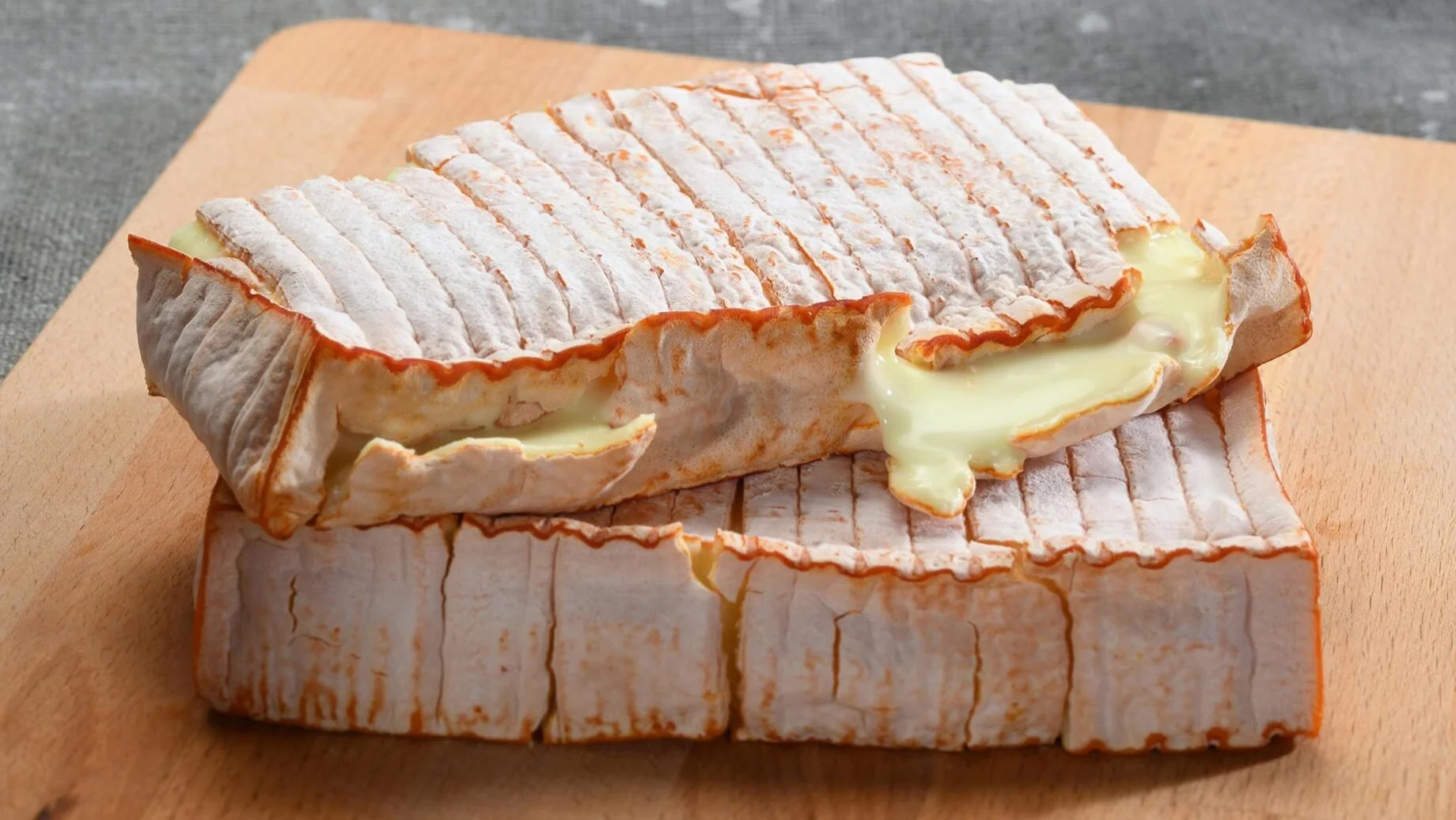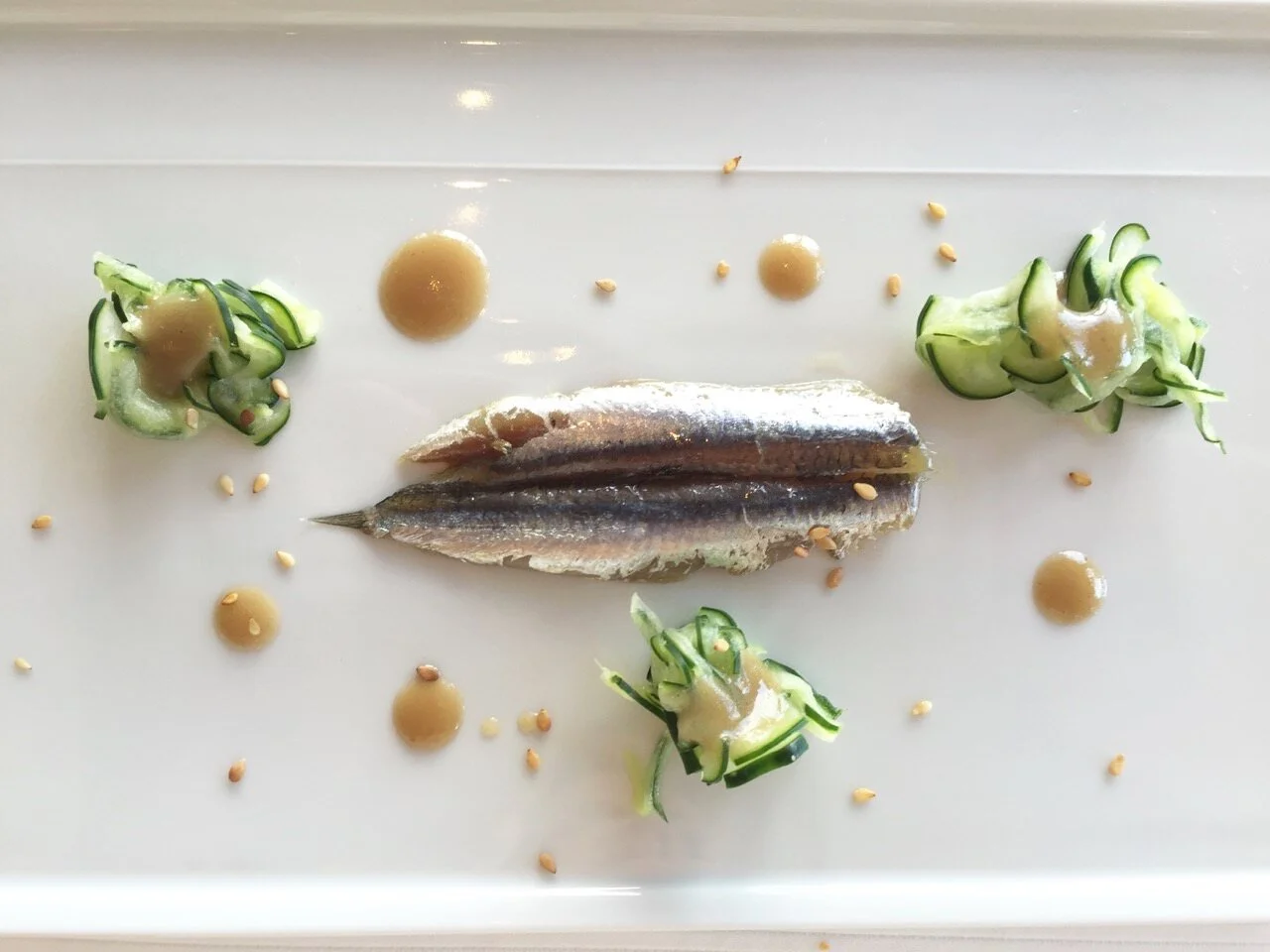World Cheese Encyclopaedia - Each Sunday learn all about a cheese in season.
This week Crottin de Chavignol from France.
Country: France 🇫🇷
Region: Loire
Made from: Goat’s milk
Pasteurised: No
Texture: soft-ripened, crumbly
Taste: full flavoured, nutty
Certification: AOC
Aging: 2 weeks to 4 months
Crottin de Chavignol is the most famous goat cheese of the many varieties produced in the Loire Valley. This cheese is the claim to fame for the village of Chavignol, France, which has only two hundred inhabitants.
Protected by the AOC Seal, Crottin de Chavignol is produced today with traditional methods. If a cheese is labelled "Crottin de Chavignol", it has to be from the area around Chavignol, and it has to meet the stringent AOC production criteria.
It is produced from raw milk of the alpine goats which can be easily recognized by their brown thick coats. It is moulded; then taken out of moulds after 12-24 hours, salted, dried and ripened at least ten days.
It is a rare cheese in that it can be eaten at various stages of its maturity. In its youth (Chavignol jeune), its dough is solid and compact, and its rind is white. As it ripens (Chavignol bleuté), it takes on a stronger flavour and develops a harder rind. With full maturity (Chavignol affiné), the dough becomes crumbly and the mould on the rind matures into a bluish colour.
It is often eaten clothed in fine herbs when fresh from the cheese vat. At this stage of maturing process, it has a creamy, nutty taste. After about six weeks, while its smell starts getting stronger, its pâté becomes dry and brittle. Moreover, a harder texture with a pronounced flavour starts to develop. Hereafter, the cheese continues to mature and the robust taste increases, but never gets sour. Its rind develops into a rough and hard layer over a period of time.
History
The small cylindrical goat cheese from the area around Chavignol has been produced since the 16th century, but the earliest extant written record dates from 1829 when its name and brief details of the cheese were recorded by a tax inspector. The etymology is dubious: the word "Crot" described a small oil lamp made from burned clay, which resembles the mould used to prepare the cheese. Another explanation is that old Crottin gets harder and browner and tends to look like dung, the French word for an animal dropping being crotte.
How to enjoy it
A small flattened ball of crumbly-textured cheese with a rich smooth taste. Ideal for grilling when just a hint of moulds appear, but also delicious upon further maturation when the blue-grey velvety moulds cover the cheese.
Warm and grilled, Crottin de Chavignol is the basing ingredient of a chevre (goat) salad. It is also good as a starter.
In the French countryside farmers will place mature versions of the cheese alongside vegetables in vinegar in June to be opened in the heart of winter.
A very versatile, wine-friendly cheese, Crottin de Chavignol pairs very well with Loire white wine such as Sancerre or Pouilly Fumé as well as any Sauvignon Blanc wine
Sources: Wikipedia, cheese.com, La Fromagerie, cheese-france.com, French Wine Guide.
Follow True Foodies





















